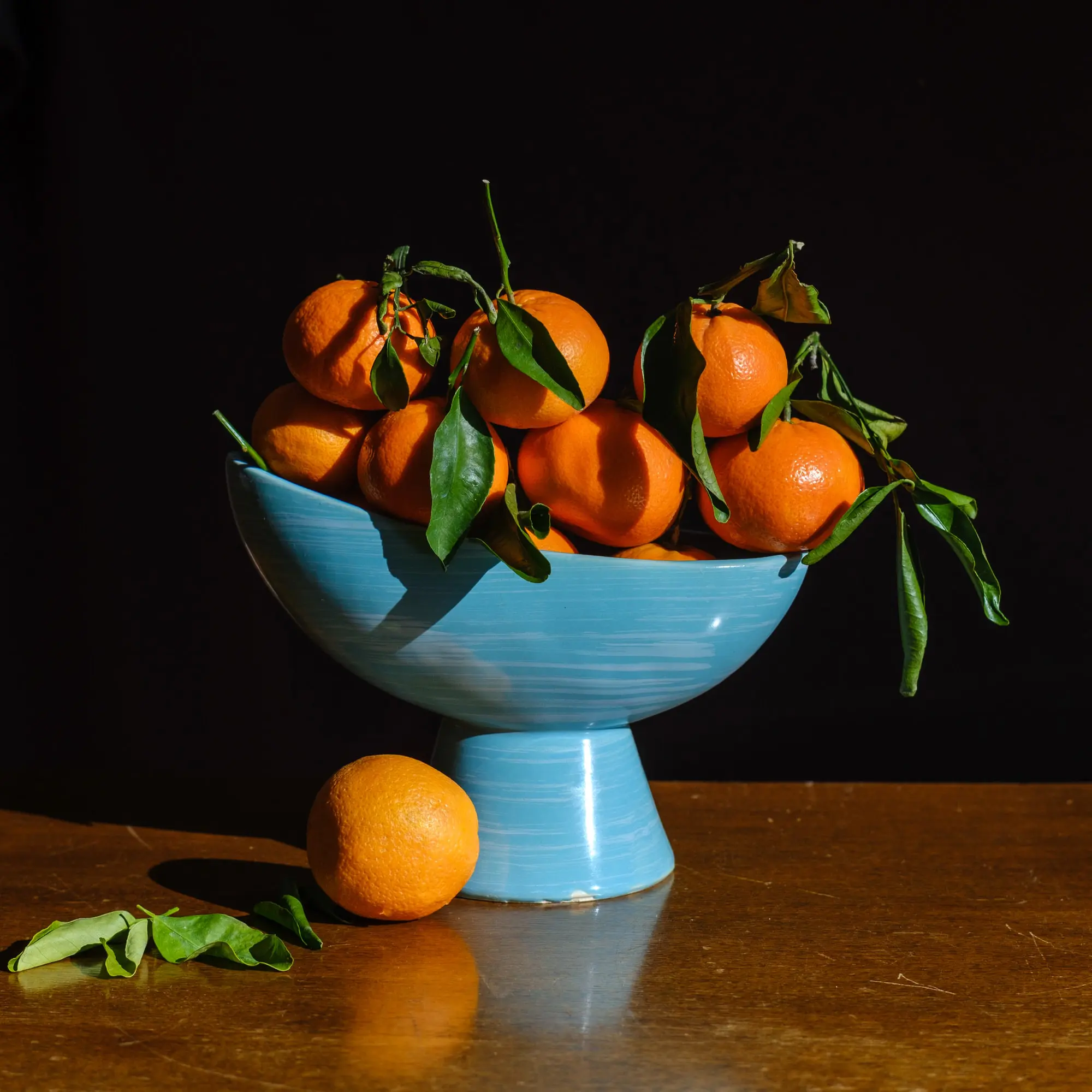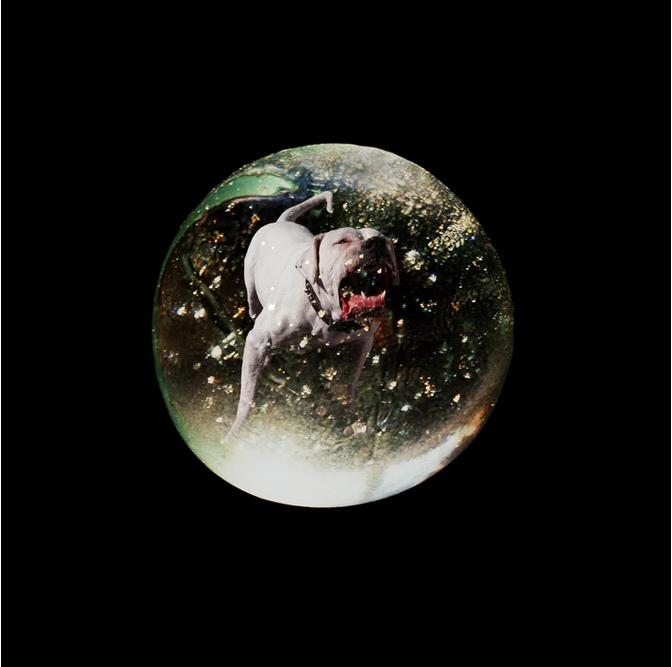What is Still Life?
Still life photography is a genre of photography, which is similar to painting, it is used for the deception if inanimate objects, typically a small group of objects. Still life photography can be categorized into two categories: “Created Still Life”, in which the photographer arranges the objects around, and “Found Still Life”, where the photographer captures already made arrangements.
Still life photography is a genre that focuses on capturing inanimate objects, often arranged in aesthetically pleasing compositions. This type of photography can feature a diverse range of subjects, including natural elements like fruits and flowers, as well as everyday man-made items such as books and glassware. The photographer carefully considers aspects like composition, lighting, and texture to create visually compelling images that evoke emotion or convey a narrative. By manipulating these elements, still life photography allows for artistic expression and exploration of themes, often emphasizing the beauty and intricacies of the ordinary.
Examples:

Olivia Parker
For more than 40 years Olivia Parker has created alluring, poetic still life photographs that transform the everyday and enchant the familiar. My favourite set of photographs from Olivia Parker would be “Toys and Games, 1993-2000” Which includes simple everyday objects, but makes minds think and see them in a different way.
Olivia Parker is an American photographer known for her innovative approach to still life photography. She gained recognition for her unique style that often combines traditional still life techniques with contemporary themes, using elements like light, shadow, and color to create evocative images. Parker’s work frequently explores the relationship between objects and their environments, and she has been influential in the realm of fine art photography. Her photographs have been exhibited in galleries and featured in various publications, making her a notable figure in the field.

Timeline of Still Life photography
The English term “Still Life” originates from within the 17th century when still-life art was at the height of European popularity. Still-life has existed since the 17th century until the modern day but, in the 19th century, artists adopted photography as a new medium for still life art, to express there concepts. Today still life photography is still very popular among many photographers. These artists appreciate the challenge of aesthetically capturing the beauty of ordinary items.

Still life photography began in the 1830s with the advent of the daguerreotype, as early photographers experimented with inanimate subjects to capture their beauty. By the 1860s, artists like Julia Margaret Cameron were elevating the genre, using soft focus and dramatic lighting. The early 1900s saw pioneers like Edward Weston exploring abstract forms, while the 1920s introduced commercial applications in advertising. The mid-20th century featured influential figures like Irving Penn, whose bold compositions shaped modern aesthetics. In the 1980s, postmodernism brought new concepts and digital experimentation, leading to vibrant color photography in the 1990s. Today, still life photography continues to evolve, blending traditional techniques with contemporary themes, reflecting identity and consumerism in the modern world.
What is Vanitas
Vanitas is a genre of art which mainly uses symbolism to show the transience of life, and the certainty of death. The painting involve still life imagery of transitory items. This genre began in the 16th century and continued into the 17th but since then it has lost its popularity by a lot.

Vanitas is a genre of art and a theme in still life that reflects on the transience of life and the inevitability of death. Originating in the 16th and 17th centuries, particularly in Dutch painting, vanitas artworks often feature symbolic objects that represent mortality and the fleeting nature of earthly pleasures. Common motifs include skulls, hourglasses, wilting flowers, and decaying fruit, alongside items like books, musical instruments, and candles that symbolize knowledge, beauty, and life. The overarching message of vanitas is to remind viewers of the impermanence of life, encouraging contemplation of what truly matters beyond material possessions.
What is Memento Mori?
Memento Mori is an artistic or symbolic trope acting as a remined of the inevitable death. The concept has its roots in the philosophers of antiquity and Christianity, and appeared in funerary art and architecture from the medieval period onwards.

Memento mori is a Latin phrase meaning “remember that you must die.” It serves as a reminder of human mortality and the inevitability of death. This theme has been prevalent in art, literature, and philosophy throughout history, encouraging individuals to reflect on the transient nature of life and the importance of living meaningfully.
In art, memento mori often appears in still life and portraiture, featuring symbols like skulls, hourglasses, withered flowers, and decaying objects. These elements serve as reminders of life’s impermanence and the futility of earthly pursuits. The concept invites viewers to contemplate their own mortality and prioritize what truly matters, emphasizing spiritual values over material concerns.
What kind of metaphors and symbols are used in still life and why?
- Fruits are some of the most ubiquitous subjects in still-life paintings over the centuries. Not only does a basket of fruit offer the artist a variety of colours and textures to utilize, but it also offers a variety of religious and mythical symbols.
- Made famous by Dutch and Flemish artists of the sixteenth and seventeenth centuries, vanitas still-life paintings express the transience of life and the futility of materialism. This tradition also provided a justification for painting beautiful and expensive objects instead of more overtly moralizing subjects. One of the more heavy-handed symbols that appears in vanitas still life paintings is the skull, which is a striking reminder of the certainty of death. Such a symbol is called a Memento Mori, a Latin phrase meaning “Remember that you will die.”
- In ancient times, it was believed that a person’s soul was contained in their reflection. Mirrors have been included in a variety of paintings throughout history. They can represent either truth and self-assurance or vanity and distortion—the difference depends on who is looking at their reflection. A broken mirror is universally recognized as a bad omen.

In still life photography and art, various metaphors and symbols are used to convey deeper meanings, often reflecting themes of mortality, beauty, and the passage of time. Here are some common symbols and their significance:
- Skulls: Often used as a direct reminder of mortality (memento mori), skulls symbolize the inevitability of death and the fleeting nature of life.
- Hourglasses: Represent the passage of time and the idea that time is limited, encouraging reflection on how one spends their life.
- Flowers: Fresh flowers can symbolize beauty and life, while wilted or decaying flowers signify transience and the inevitability of aging and death.
- Fruit: Ripe fruit can represent vitality and abundance, whereas overripe or rotten fruit serves as a reminder of decay and the impermanence of pleasure.
- Candles: Often symbolize life and the soul, with their flickering flames representing the fragility of existence and the approach of death as they burn down.
- Books: Can represent knowledge, wisdom, and the passage of time. An open book might suggest ongoing learning, while a closed book could symbolize lost knowledge or the finality of life.
- Musical Instruments: Symbolize the beauty of life and creativity but can also represent the ephemeral nature of music and art, which exist only in the moment.
- Glass Objects: Their transparency can symbolize fragility and the idea that life is delicate, while reflections might represent the complexity of perception and reality.
- Clocks: Serve as a reminder of the relentless march of time, urging viewers to consider how they allocate their moments.
These symbols and metaphors enrich still life compositions, inviting viewers to explore themes of existence, beauty, and the inevitability of change, ultimately encouraging deeper contemplation of life’s meaning.

Why still life?
Still life photography gives you an opportunity to play with light, texture, materials and subjects in a controlled environment. A lot of still life is simply about experimenting just how creative you can be. It all comes down to intent and context.When it comes to still life photography, “nothing is moving, and you’re in complete control,” according to experienced photographer and teacher Ben Long. He continues, “It’s a fantastic challenge for your compositional skills because it’s entirely about form and a pleasing arrangement of forms within the frame. The image needs to be well balanced and have an interesting geometric play. Everything that you’re doing in the frame is guiding the viewer’s eye.”
Taking still life images allows photographers to explore creative expression through careful composition, lighting, and arrangement of objects, providing a controlled environment to experiment with artistic ideas. This genre enables the conveyance of narratives and themes, such as beauty, mortality, and the passage of time, while highlighting the textures and details of everyday items often overlooked. Additionally, still life photography serves as a valuable practice for honing technical skills and can have commercial applications in product photography. Ultimately, capturing still life can be both an aesthetic pursuit and a means to provoke deeper contemplation, making it a rich and rewarding area of photography.
